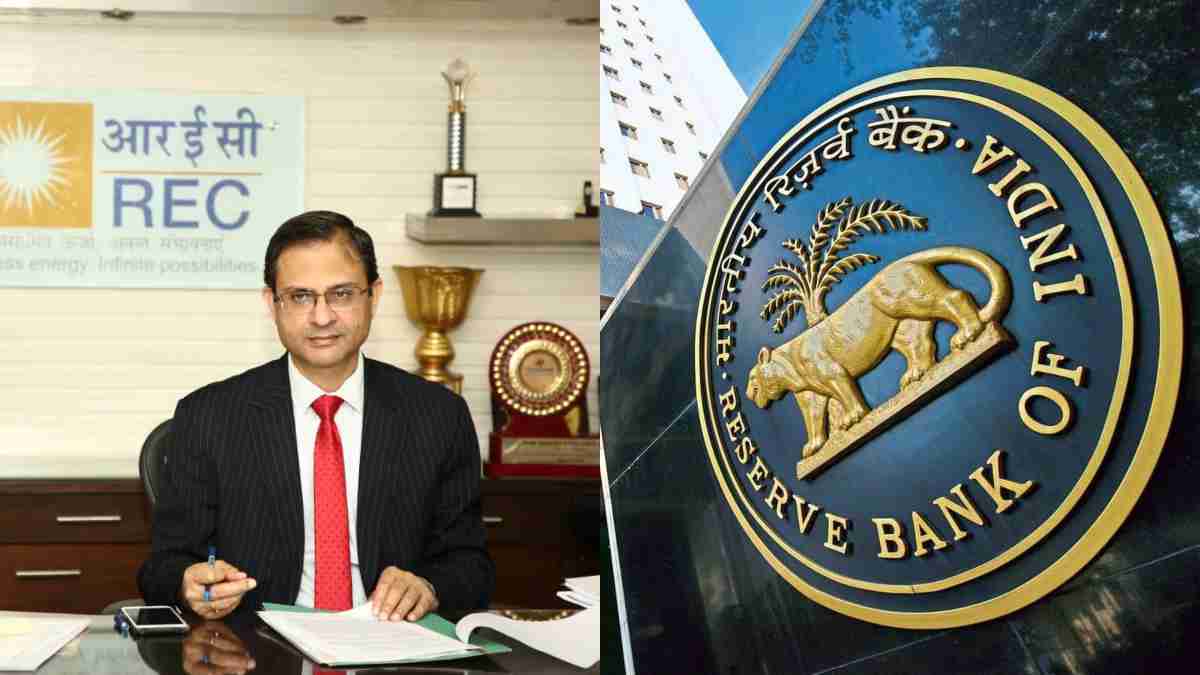In a pivotal moment for India’s financial landscape, a technocrat-turned-bureaucrat is set to take the helm of the world’s sixth-largest economy’s central bank. Sanjay Malhotra’s appointment as the 26th RBI Governor marks a distinctive blend of technical expertise and administrative acumen at a critical economic juncture.
As global markets watch closely, this transition comes amid challenging economic indicators, with India’s growth rate at a seven-quarter low of 5.4%. Malhotra’s unique combination of an IIT education and Princeton public policy credentials signals a potential shift in the central bank’s approach to monetary policy and financial innovation.
Sanjay Malhotra Takes Helm as 26th RBI Governor
A Distinguished Career Path
Sanjay Malhotra, a 1990-batch Indian Administrative Service officer from the Rajasthan cadre, has been appointed as the 26th Governor of the Reserve Bank of India, succeeding Shaktikanta Das effective December 11, 2024. With a Bachelor’s degree in Electrical Engineering from IIT Kanpur and a Master’s in Public Policy from Princeton University, Malhotra brings a unique blend of technical expertise and administrative experience to the central bank.
His impressive career trajectory includes pivotal roles as Revenue Secretary, Secretary in the Department of Financial Services, and Chairman and Managing Director of REC Limited. His tenure in the Ministry of Power focused on sustainable energy initiatives and ensuring reliable electricity supply across India.
Economic Challenges and Strategic Response
The appointment comes at a crucial time as India faces significant economic headwinds, including a seven-quarter low growth rate of 5.4%. The RBI has recently revised its growth projection for 2024-25 downward from 7.2% to 6.6%, signaling concerns about economic momentum.
Market observers anticipate interest rate cuts beginning from the February policy review, as indicators suggest the worst of the quarterly growth slowdown and peak inflation may be behind us. The current policy repo rate stands at 6.5%, unchanged for eleven consecutive reviews, though a recent reduction in the cash reserve ratio (CRR) by 50 basis points to 4% aims to enhance liquidity in the system.
Banking Sector Reforms and Financial Stability
Malhotra’s extensive experience in tax policies and financial reforms positions him well to address banking sector challenges. His background in the Department of Financial Services and role as Revenue Secretary provides valuable insights for coordinating fiscal and monetary policies effectively.
The new Governor is expected to focus on strengthening financial stability while fostering innovation in the banking sector. His technical background and experience in public policy implementation could drive modernization initiatives across India’s financial system.
Future Policy Direction
As Malhotra prepares to chair his first monetary policy meeting in February, his approach to interest rates and inflation control will be closely watched. His diverse experience across government departments suggests a holistic approach to policy-making, potentially bringing fresh perspectives to the RBI’s traditional frameworks.
The appointment reflects the government’s preference for experienced bureaucrats capable of managing both economic and administrative challenges. Under Malhotra’s leadership, the RBI is positioned to navigate global economic uncertainties while maintaining domestic financial stability and fostering growth in India’s dynamic economy.
Charting the Course Ahead
As India navigates through economic headwinds, Malhotra’s appointment represents more than just a leadership change at the RBI. His multifaceted background, combining technical prowess with fiscal policy expertise, suggests a renaissance in the central bank’s approach to monetary management and financial sector innovation.
The success of his tenure will likely be measured not just by traditional metrics of inflation control and growth, but by his ability to modernize India’s financial infrastructure while maintaining stability. As global economic uncertainties loom, all eyes are on how this technocrat-administrator will shape the future of India’s monetary policy.

